Hanuka Honey
Here is another interesting remedy that I have been reading about a lot in the few last months. I am publishing this article now.
When a good idea comes along, particularly in the health and wellbeing field, people often pick up on its essence rather than its detail.
Take the “five a day” edict, for example. Everyone knows that it means you should eat five portions of fruit and veg a day, but most of us get a bit hazy on the detail. If you have a huge portion, does it count as two? (No.) And potatoes are a vegetable, aren’t they, so do they count? (Again, no.)
It’s even more confusing when you take a newer idea like the benefits of Manuka honey, which has become a much-hyped superfood. But what does it do, exactly?
A recent survey of people who bought the stuff showed that 58 per cent of them believed Manuka honey to be better than ordinary honey, but they didn’t know why. In addition, 70 per cent of them didn’t know what the UMF (Unique Manuka Factor) number on the front of the pots meant.
Manuka honey has long had a reputation as a “healing” honey and, because it comes from bees that have been busy pollinating the Manuka trees that grow almost exclusively in the East Cape region of New Zealand, it has rarity value. This makes it expensive.
Honey has long been seen as one of health’s “superfoods” (I use the inverted commas as no food is “super” in isolation), offering a number of benefits. Local honey containing local pollen can help reduce the symptoms of hay fever.
Most honeys contain a naturally occurring active agent, which is thought to support good health but is easily destroyed when exposed to heat and light. Manuka honey contains an extra, naturally occurring active ingredient, which makes it distinct from other honeys. This additional component is stable and doesn’t lose its potency when exposed to heat, light or dilution. Its special quality is known as UMF and the higher the UMF, the more potent the honey and its powers (aficionados reckon that you need a UMF of 10 or higher for the honey to be properly effective). It has antiviral and antibacterial actions, which is a good excuse for scoffing the stuff neat at the first sign of a cold or sore throat.
Most people who buy Manuka honey simply put it on their toast or in their tea, but where it really comes into its own is in treating wounds. In New Zealand, it has long been used in this way and studied extensively. Now, the NHS is doing the same.
According to doctors, Manuka honey’s high sugar content creates a waterless environment in which the bacteria that are infecting a wound are unable to survive. Also, thanks to the presence of an enzyme called glucose oxidase, it is acidic, which apparently adds to its unique antibacterial properties.
It seems a shame to confine such a wonder substance to the boring business of healing wounds – hence the proliferation of skincare products containing Manuka honey. Will they really help heal your skin and enhance natural cell renewal better than their non-UMF-bearing competitors? It’s a sweet idea, but one that you might have to take with a pinch of salt.
dailytelegraphy.co.uk
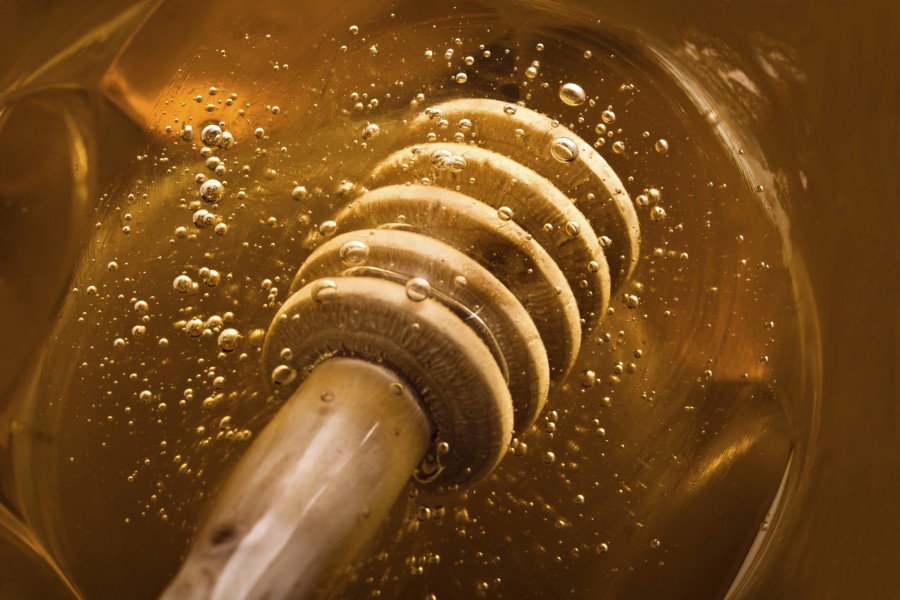

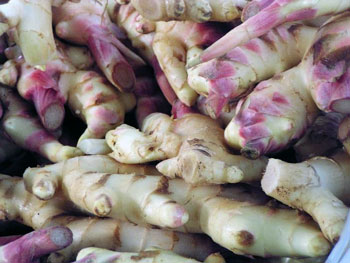
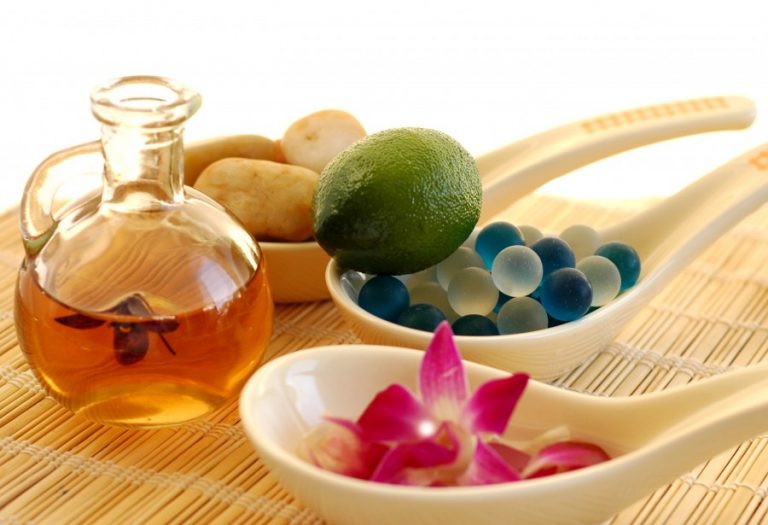


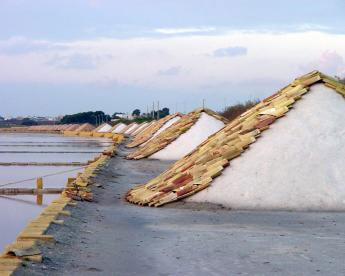
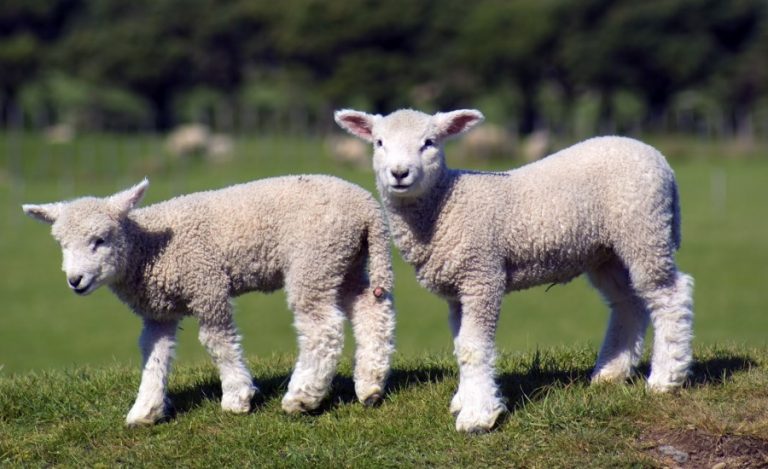
One Comment